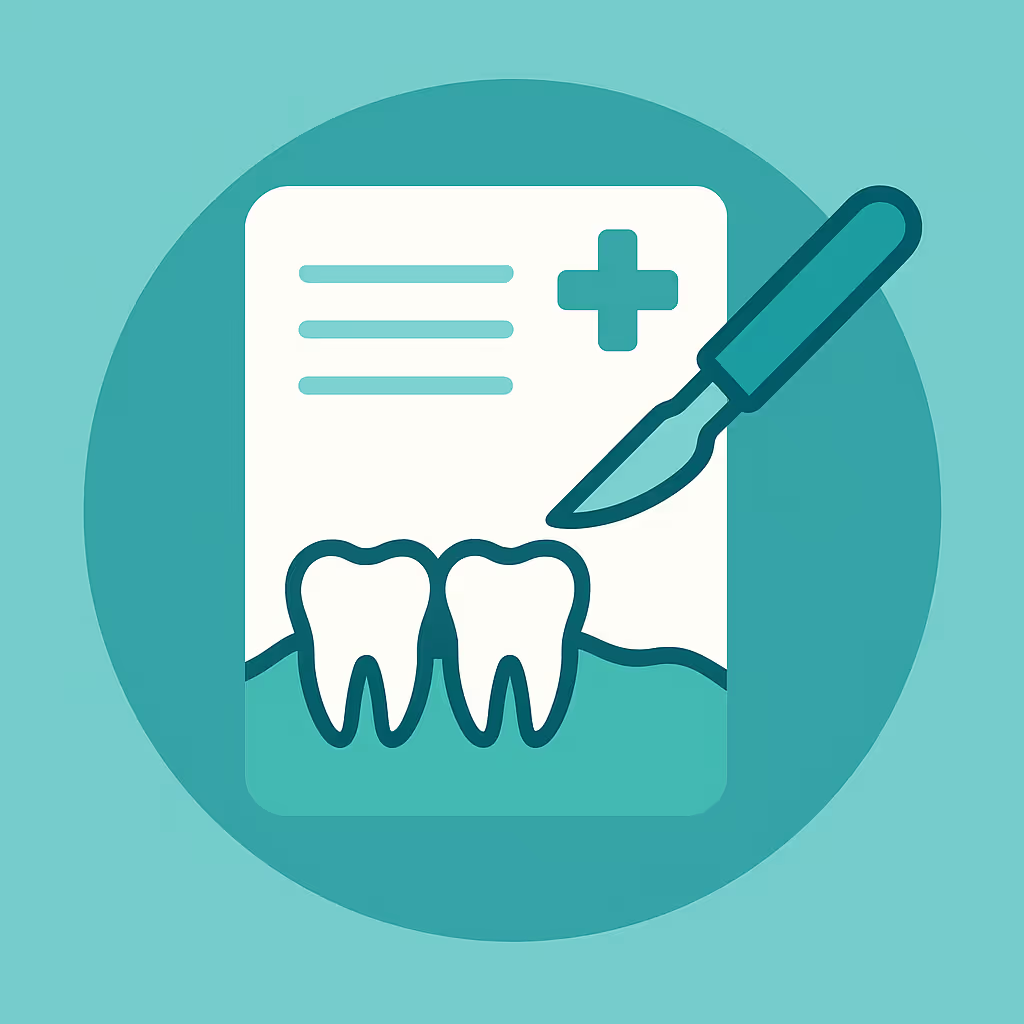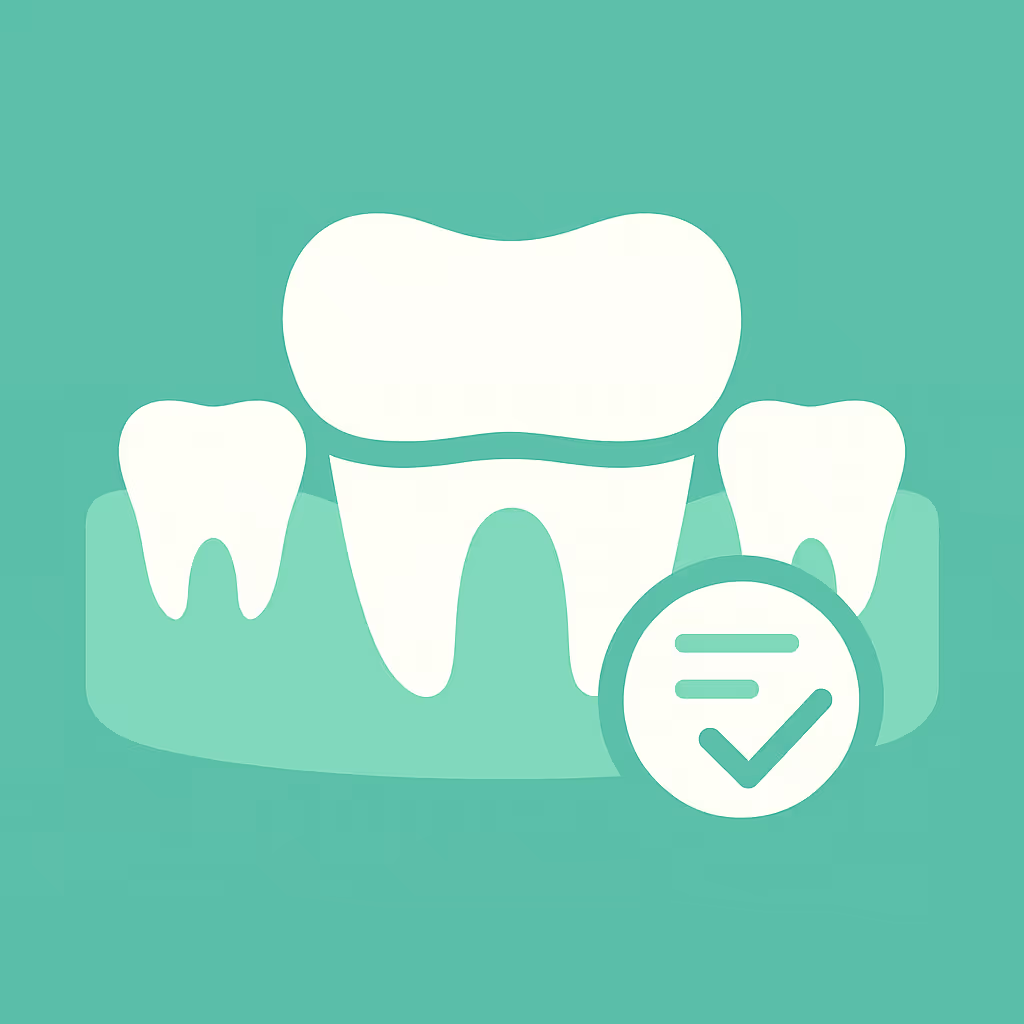Understanding Dental Code D5650
When to Use D5650 dental code
The D5650 dental code is designated for the procedure "Add tooth to existing partial denture." This CDT code is used when a patient requires an additional tooth to be added to their current partial denture, rather than fabricating a new appliance. Common scenarios include tooth loss due to extraction, trauma, or periodontal disease after the initial partial denture was delivered. It is essential to ensure that the existing partial denture is still in good condition and can accommodate the modification before proceeding with this code.
Documentation and Clinical Scenarios
Accurate documentation is critical for successful reimbursement and compliance. When billing D5650, dental teams should include:
- Clinical notes detailing the reason for the addition (e.g., recent extraction, location of new edentulous space).
- Pre- and post-operative radiographs or intraoral photos to support the necessity of the added tooth.
- Charting that clearly identifies the tooth number being added and the existing partial denture’s condition.
- Lab prescription and invoice for the modification.
Typical clinical scenarios include a patient who loses a tooth adjacent to their partial denture, or a patient whose oral condition changes, requiring an update to their existing prosthesis. In these cases, D5650 is appropriate if the partial denture remains serviceable and the addition can be made without compromising fit or function.
Insurance Billing Tips
To maximize reimbursement and minimize claim denials when using D5650, follow these best practices:
- Verify patient benefits before treatment, as some plans may have frequency limitations or specific exclusions for denture modifications.
- Submit supporting documentation (clinical notes, radiographs, photos, and lab invoices) with the initial claim to preempt requests for additional information.
- Use accurate CDT coding—do not confuse D5650 with codes for new partials (such as D5213 for maxillary partials) or repairs (D5520 for repairs to partials).
- Review the Explanation of Benefits (EOB) promptly and be prepared to appeal if the claim is denied due to lack of documentation or misinterpretation of the code’s intent.
Staying proactive with insurance verification and documentation can significantly reduce accounts receivable (AR) days and improve cash flow for your dental practice.
Example Case for D5650
Case Scenario: A patient with an existing mandibular partial denture (delivered two years ago) returns after losing tooth #28 due to a non-restorable fracture. The partial denture is in good condition, and the patient prefers to add a tooth rather than invest in a new appliance.
Steps:
- Document the clinical findings and reason for tooth loss in the patient’s chart.
- Take an impression of the arch with the partial denture in place.
- Send the partial and impression to the dental lab with a prescription to add tooth #28.
- Submit a claim using D5650, including clinical notes, pre- and post-op photos, and the lab invoice.
- Upon return, verify fit and function, and document the outcome in the patient’s record.
This approach ensures proper coding, supports the claim with robust documentation, and provides a positive patient experience by preserving their existing prosthesis.





